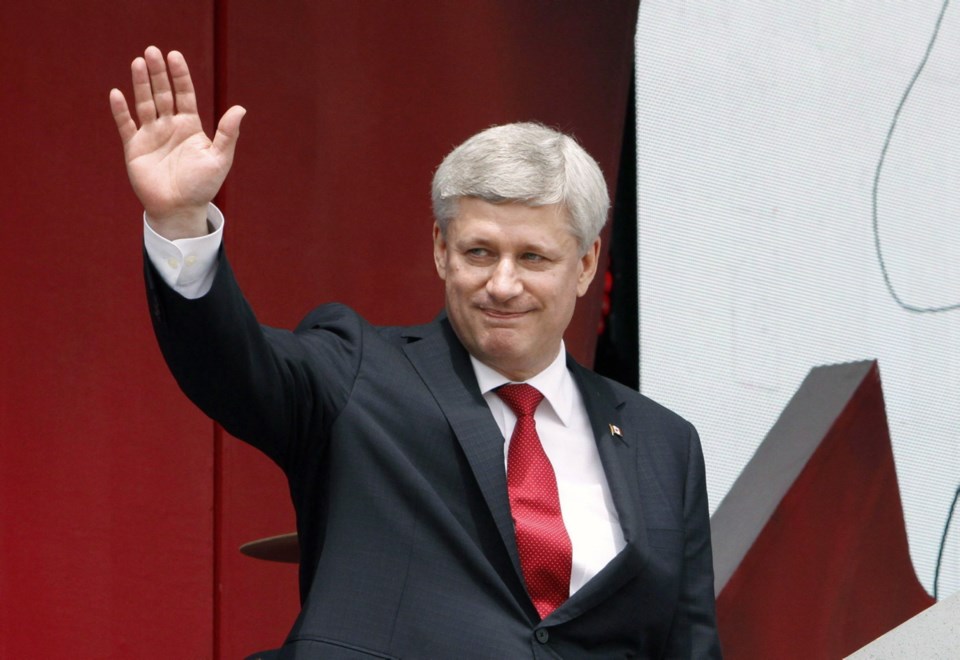Reinvention or re-creation? With would-be leaders lining up to plunge into the Conservative leadership race, that is the basic, existential question facing the candidates — and the party as a whole.
There’s been lots of talk about how the Conservatives need a leader who will re-create the old governing coalitions of Brian Mulroney or Stephen Harper, and which politician is best-placed to pull off this feat in the next election.
But political victory in Canada over the past dozen years has not been bestowed on leaders who are content with reviving the glories of past prime ministers. Total reinvention of political parties has proven key to winning elections, not just in Canada, but south of the border, too.
Just look at what Donald Trump has done to the Republican Party in the U.S., which bears little resemblance to the Republican parties of the past.
Diehard political partisans should probably don flame-resistant headgear before reading further, because I’m about to draw parallels between Harper and Justin Trudeau, which tends to set some people’s hair on fire.
But while they couldn’t be more opposite in politics and disposition, Trudeau and Harper both employed some similar methods to build new parties from old labels. Both leaders were re-inventors, not re-creators, when they decided to get serious and put their respective parties on the path to winning elections.
First, to reinvent a party, you must first carry a healthy dislike of the party that came before you. You must believe your party earned its electoral defeats — that Canadians were right to toss you from power. It took a while — and a couple of leaders — for this acknowledgment to sink in with Liberals after they were booted into opposition in 2006.
Harper had solid credentials here. He bolted Mulroney’s Progressive Conservative party in disgust in the 1980s and helped found the breakaway Reform party in the West. Harper didn’t recreate Mulroney’s old party when he got down to the business of uniting the right in this country — he founded a whole new Conservative party (minus the progressive part of the title). Harper was not just another Mulroney (to put it mildly).
Trudeau, for his part, was seen as a re-creator when he first starting musing aloud about leadership, especially by Liberals who were nostalgic for the days of his father, Pierre Trudeau.
But this current Liberal leader, for good or for ill, has demonstrated no great love for Liberal days of old, keeping past party veterans at a cautious distance. One of Trudeau’s first big acts as leader, we’ll remember, was to expel all the old Liberal appointed senators from his caucus. This rejection of the old Liberal hands has repeated itself in all kinds of ways, up and down the operation of Trudeau’s party and government.
“We lost touch,” Trudeau told Liberals during his leadership run in 2013. “We turned inwards and it looked more like arguing over our own positions, our own party, than actually fighting for the future of the country.”
Current-day Conservatives might want to linger on those sentiments, despite the fact that they were uttered by their arch-enemy. Re-creating old coalitions also runs the risk of re-creating old factions within the new/old party.
Another parallel: Harper and Trudeau performed their acts of party reinvention with lots of attention to marketing, advertising and data. Brand new parties need lots of bells and whistles and savvy salesmanship — the kind that can make some party veterans suspicious or nervous.
Under Harper, Conservatives became pioneers in the digital and data techniques of modern political marketing through the 2000s and even the early 2010s. That advantage is reportedly gone, with some Conservatives complaining they were woefully behind the Liberals in the data game in last fall’s election. Any new Conservative leader needs to regain that ground.
Party reinvention is on the rise because party loyalty is in decline. No one wins elections simply on the base of old, loyal supporters — they need voters who change their minds; who are willing to reinvent their politics as much as the political parties are these days.
The same is true, to an extent, at the provincial level. Jason Kenney had to reunite and reinvent a couple of parties into one new political animal, just like Harper did, to become Alberta premier. In Ontario, Doug Ford is not a Conservative leader in the same mould as Bill Davis or even Mike Harris, though he’s been reinventing himself while in office too.
All this reinvention gives voting Conservative members some clues on what to ask would-be leaders over the next months leading up to June 27. Is there any candidate who believes, like Harper and Trudeau did, that the party has earned its place in opposition? And which one will reinvent — not re-create — the Conservatives back into power?
Susan Delacourt is a columnist for the Toronto Star.



